Exploring the Interesting World of Carpet Sharks
Explore the fascinating world of carpet sharks and uncover the secrets of these remarkable marine creatures.
With their unique patterns and behaviors, carpet sharks are some of the most captivating animals in the sea. From their camouflaged looks to their gentle ways, these sharks offer a glimpse into the wonders of the ocean. Let's explore the amazing world of carpet sharks and find out what makes them so special!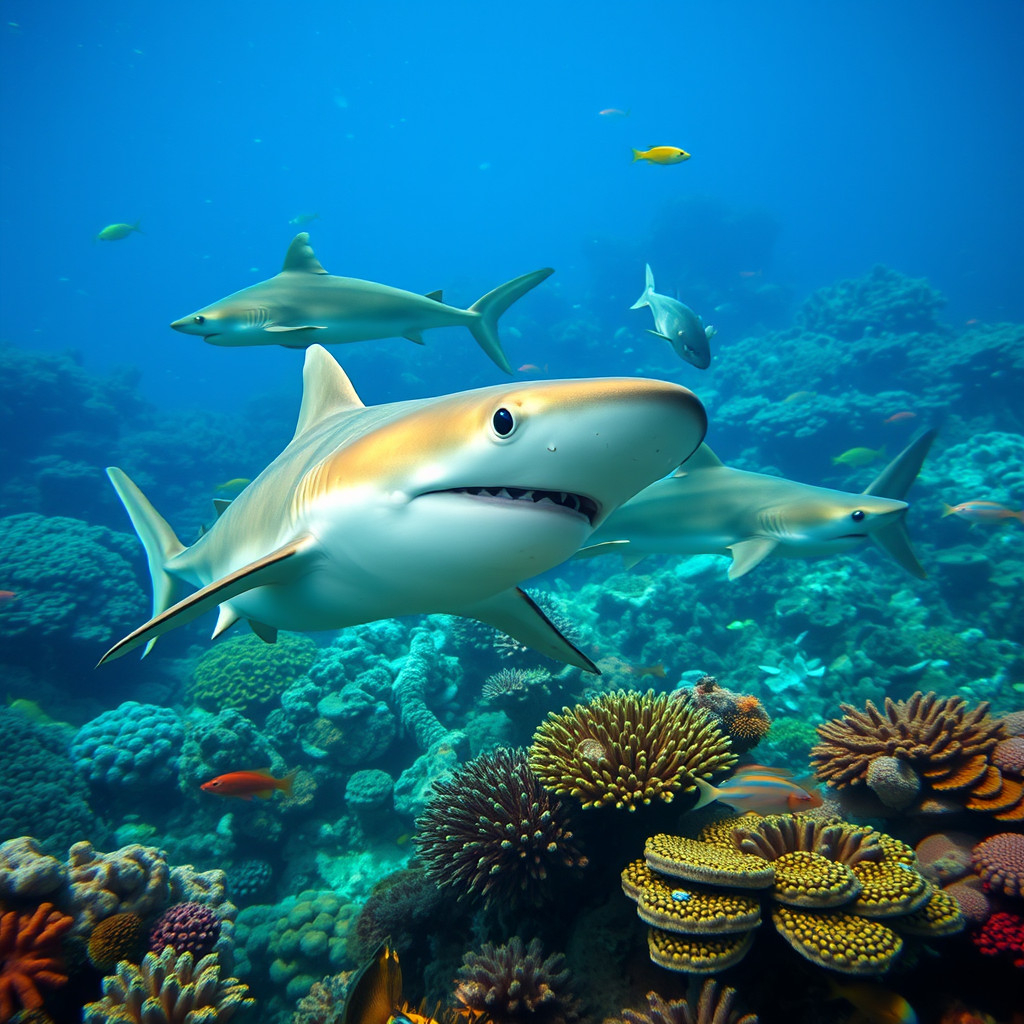
What Are Carpet Sharks?
Carpet sharks are a group of sharks known for their ornate, patterned skin that often resembles beautifully woven carpets. They belong to the order Orectolobiformes and include about 40 different species. Unlike some of their more famous cousins like the great white shark, carpet sharks usually move slowly and prefer to stay near the sea bottom. So, what sets them apart from other sharks?
Unique Features
One of the main features of carpet sharks is their small mouths, which don't extend past their eyes. Many species have barbels—whisker-like organs near their mouths—that help them find prey hidden in the sand. With five gill slits and two dorsal fins, their bodies look quite different from other sharks.
Variety of Species
The carpet shark family is diverse, including species like wobbegongs, bamboo sharks, zebra sharks, and nurse sharks. Each one has unique traits that make them stand out in the marine world.
Types of Carpet Sharks
Let's get to know some of the most interesting members of the carpet shark family.
Wobbegongs
Wobbegongs might be the most well-known carpet sharks. The name "wobbegong" comes from an Australian Aboriginal word meaning "shaggy beard," which refers to the growths around their mouths. These sharks are masters of disguise. They lie still on the ocean floor, blending perfectly with the coral and rocks thanks to their patterned skin. This camouflage helps them both avoid predators and sneak up on prey.
Fun Fact: Wobbegongs have been known to bite divers who accidentally step on them, so watch your step when exploring reefs where they live!
Zebra Sharks
Despite their name, adult zebra sharks have spots rather than stripes. Juveniles have dark bodies with light stripes, which is why they're called zebra sharks, but as they grow, these stripes turn into small spots. Zebra sharks are known for their calm nature and can grow quite large, reaching lengths of up to eight feet.
Conservation Note: Zebra sharks are listed as endangered due to habitat loss and overfishing. Conservation programs are working to help protect these gentle giants.
Bamboo Sharks
Bamboo sharks are small, slender sharks often found in the shallow reefs of the Indo-Pacific region. Their long bodies and distinctive bands make them easy to recognize. These sharks are popular in home aquariums because they are small and quite hardy. Did you know that some bamboo sharks can survive out of water for a short time? This allows them to move between tide pools when needed.
Caring for Bamboo Sharks: While they can be kept in large home aquariums, they need special care to stay healthy. Be sure to research their needs thoroughly before considering one as a pet.
Nurse Sharks
Another interesting member of the carpet shark family is the nurse shark. Nurse sharks are large, slow-moving sharks that are often seen resting on the sea floor during the day. They have strong jaws filled with thousands of tiny, serrated teeth, which allow them to crush shellfish and other prey. Nurse sharks are generally not aggressive and are favorites among divers and snorkelers.
Behavior: Nurse sharks are nocturnal hunters. During the day, they often form groups and rest together under ledges or in caves.
Habitat and Distribution
Carpet sharks are primarily found in the warm, shallow waters of the Indo-Pacific region. Their habitats range from coral reefs and sandy bottoms to seagrass beds. Countries like Australia, Indonesia, and Papua New Guinea are hotspots for these creatures.
Adaptations to the Environment
Their camouflaged patterns aren't just for show—they provide excellent concealment from both predators and prey. By blending into the ocean floor, carpet sharks can ambush unsuspecting prey that swims too close.
Temperature Preferences: Carpet sharks generally prefer warmer waters, which is why they are commonly found in tropical regions. However, some species can tolerate cooler temperatures and are found in temperate zones.
Special Adaptations
Many carpet sharks have special features that help them survive in their environments.
Epaulette Sharks
The epaulette shark is famous for its ability to "walk" on land. Using its muscular pectoral fins, it can move across exposed reef surfaces and even survive out of water for short periods. This ability allows it to hunt in areas that other sharks can't reach.
Survival Skills: Epaulette sharks can survive in low-oxygen environments by slowing their breathing and heart rate. This adaptation helps them survive when they get trapped in isolated tidal pools.
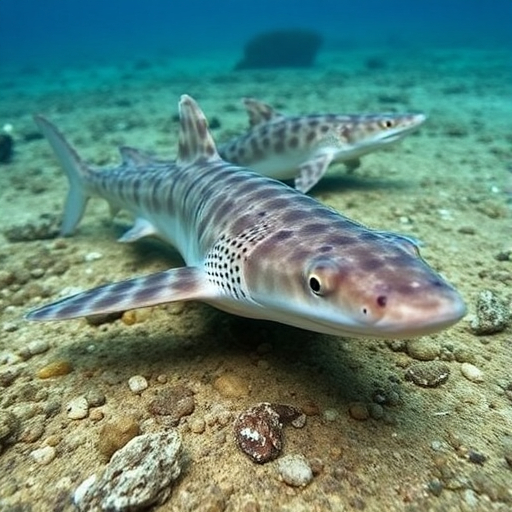
Tasselled Wobbegong
The tasselled wobbegong has a fringe of skin around its head that looks like seaweed. This fringe helps it blend into its surroundings even more effectively. Small fish and crustaceans may not realize they're approaching a predator until it's too late!
Behavior and Diet
Carpet sharks are generally nocturnal, spending their nights hunting and their days resting. Their diet mainly consists of small fish, crustaceans, and mollusks.
Hunting Techniques
These sharks are ambush predators. They often lie still on the sea floor, waiting patiently for prey to come within reach. Their barbels help them detect even slight movements in the water, making them efficient hunters, especially in the dark.
Feeding Habits: Some carpet sharks have specialized teeth for crushing hard-shelled prey like crabs and clams. Others have sharp teeth suited for catching slippery fish.
Interaction with Other Marine Life
Carpet sharks often share their habitat with a variety of other marine creatures. They coexist with fish, crustaceans, and other sharks. Sometimes, small fish will even clean parasites from the shark's skin, benefiting both the fish and the shark.
Symbiotic Relationships: Cleaner fish and shrimp may set up "cleaning stations" where larger animals come to have parasites removed. Carpet sharks can be frequent visitors to these spots.
Reproduction and Lifespan
Carpet sharks have different methods of reproduction, depending on the species. Some lay eggs, while others give birth to live young.
Egg-Laying Species
Species like the bamboo shark lay eggs known as "mermaid's purses," which can often be found washed up on beaches. These eggs have tough, leathery cases that protect the developing shark inside.
Incubation Period: The eggs can take several months to hatch, with the exact time depending on the water temperature and species.
Live-Bearing Species
Other carpet sharks, such as the wobbegong, give birth to live young. The pups are fully formed and ready to fend for themselves from the moment they are born.
Lifespan
In the wild, carpet sharks can live for several decades. Their slow growth and late maturity mean they may not reproduce until they are several years old. This makes them vulnerable to overfishing and environmental changes, as it can take a long time for populations to recover.
Longevity: Some carpet shark species have been known to live up to 25 years or more in the wild.
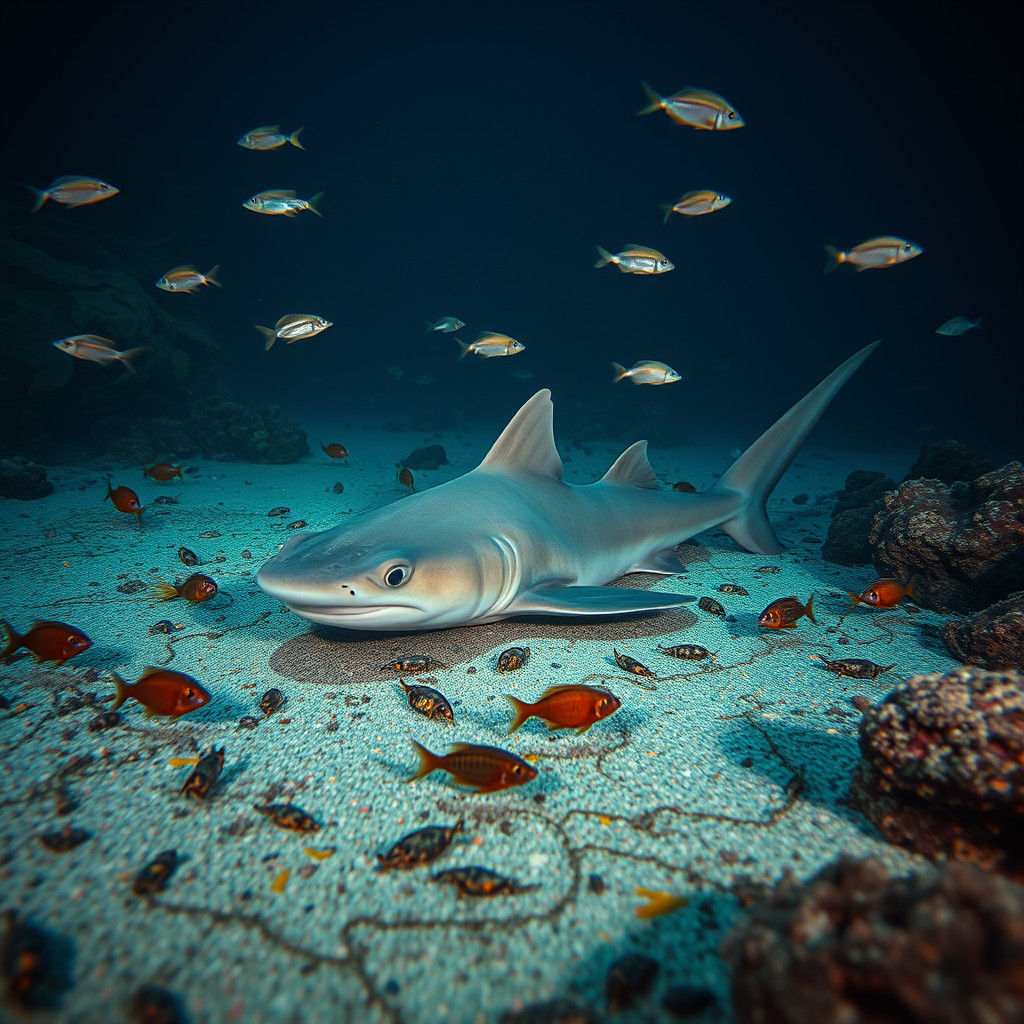
Role in the Marine Ecosystem
Carpet sharks play an important role in maintaining healthy marine ecosystems.
By preying on smaller fish and invertebrates, they help keep populations in balance.
Indicator Species
Because they need specific habitats to thrive, the presence of carpet sharks can indicate a healthy reef system. Protecting them also means safeguarding the broader environment they live in.
Ecosystem Health: Healthy shark populations are a sign of a well-functioning marine ecosystem, as they are often top or mid-level predators.
Myths and Cultural Significance
In some cultures, carpet sharks hold special significance. For example, in Australian Aboriginal culture, the wobbegong is considered an important part of the marine environment. Stories and legends often feature these unique creatures.
Folklore: Some tales describe the wobbegong as a guardian of the reefs, teaching respect for the ocean and its inhabitants.
Conservation Status
Many carpet shark species face threats due to habitat destruction, pollution, and overfishing. Some are caught unintentionally as bycatch, while others are targeted for their unique patterns.
Threats to Survival
Overfishing: Unintentional capture in fishing operations poses a big risk.
Habitat Loss: Destruction of coral reefs and coastal areas reduces their natural habitats.
Climate Change: Rising sea temperatures and ocean acidification affect the ecosystems carpet sharks rely on.
Bycatch Issues: Fishing nets and lines intended for other species often capture carpet sharks accidentally, leading to declines in their populations.
Conservation Efforts
Organizations worldwide are working to study carpet shark populations and put protective measures in place. Marine protected areas and fishing regulations are steps toward ensuring their survival. Education programs aim to inform the public about these unique creatures and the challenges they face.
Success Stories: In some areas, conservation efforts have led to increases in carpet shark populations, showing that protection measures can make a difference.
How Scientists Study Carpet Sharks
Researchers use various methods to study carpet sharks.
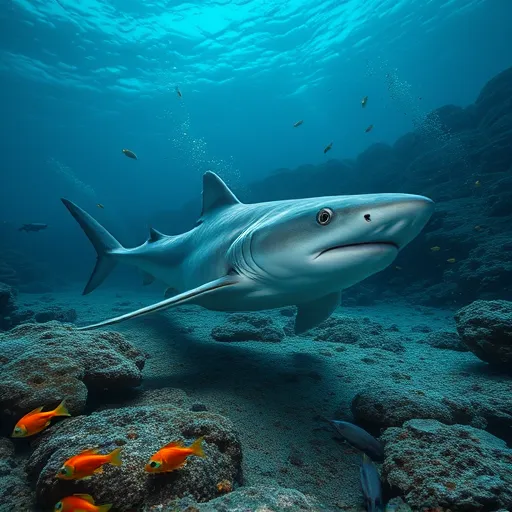
Tagging and Tracking
Tagging allows scientists to monitor the movements and behaviors of carpet sharks. By tracking where they go, researchers can learn about their migration patterns and habitat use.
Satellite Tags: These devices can transmit data about a shark's location, depth, and even water temperature, providing valuable insights.
Underwater Observation
Divers and underwater cameras help scientists observe carpet sharks in their natural habitat without disturbing them.
Remote Cameras: Placing cameras on the sea floor allows for long-term observation of shark behavior.
Genetic Studies
By analyzing DNA samples, scientists can learn about the genetic diversity within and between carpet shark populations.
Conservation Genetics: Understanding genetic diversity helps in managing populations and supporting long-term survival.
How Can We Help?
Everyone can play a part in protecting carpet sharks and their habitats.
Supporting Sustainable Practices
Choose Seafood Wisely: Opt for seafood that is sourced responsibly to reduce bycatch.
Reduce Pollution: Minimize plastic use and dispose of waste properly to keep oceans clean.
Get Involved: Support organizations that work to protect marine life.
Spread the Word: Educate others about the importance of carpet sharks and the challenges they face.
Beach Cleanups: Participating in local cleanups can help reduce marine pollution.
Responsible Tourism
When diving or snorkeling in areas where carpet sharks live:
Respect Wildlife: Observe from a distance and avoid touching or harassing animals.
Follow Guidelines: Stick to local regulations to minimize impact on marine life.
Eco-Friendly Practices: Choosing tour operators that prioritize environmental responsibility helps protect marine ecosystems.
Fascinating Facts About Carpet Sharks
They Have Unique Teeth: Some species have teeth arranged like pavement, ideal for crushing shells.
They Can "Walk": Epaulette sharks, a type of carpet shark, can use their fins to "walk" along the sea floor.
Breathing Adaptations: Many carpet sharks can pump water over their gills while sitting still, so they don't have to keep swimming to breathe.
Color-Changing Abilities: Certain species can adjust their coloration to better match their surroundings.
Variety in Reproduction: Some species lay eggs, while others give birth to live young.
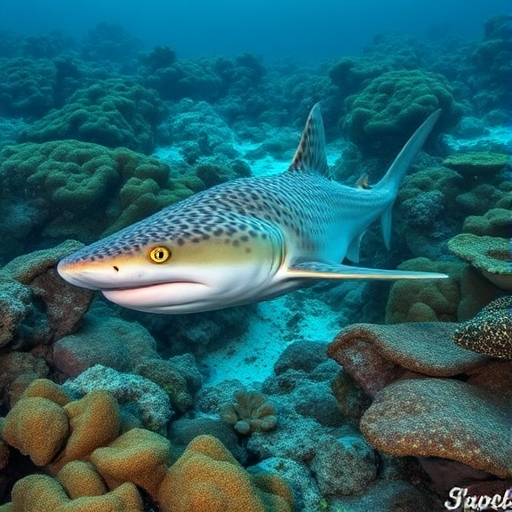
Tips for Divers and Snorkelers
If you're lucky enough to dive or snorkel in areas where carpet sharks live, here are some tips:
Stay Calm: Move slowly and avoid sudden movements.
Maintain Distance: Give the sharks space to move freely.
Do Not Touch: Touching marine life can harm both you and the animal.
Be Observant: Keep an eye out for their camouflaged forms on the sea floor.
Photography Tips: Use natural light when possible, and avoid using flash as it can startle marine life.
Wrapping Up
Carpet sharks are truly remarkable creatures that add to the richness of marine life.
From their stunning appearances to their unique behaviors, they offer a glimpse into the incredible diversity of the ocean. By learning about and supporting efforts to protect these sharks, we can help them continue to grace our seas for generations to come.
FAQ
Are carpet sharks dangerous to humans?
Carpet sharks are generally not dangerous to humans. They are calm and prefer to avoid interactions. However, like all wild animals, they should be respected and not disturbed.
Where do carpet sharks live?
They primarily live in the warm, shallow waters of the Indo-Pacific region, including areas around Australia, Southeast Asia, and the Pacific islands.
What do carpet sharks eat?
Their diet consists of small fish, crustaceans, and mollusks. They are ambush predators, relying on their camouflage to capture prey.
Can carpet sharks be kept in aquariums?
Some smaller species, like bamboo sharks, are kept in large home aquariums or public aquariums. They need specific care and environments to thrive.
Why are they called carpet sharks?
The name comes from their intricate skin patterns, which often resemble ornate carpets or rugs.

I'm a scuba enthusiast, and marine life lover. I enjoy writing about my diving adventures and sharing my knowledge with others.

I'm a passionate scuba diver and love to share my experiences with you. I enjoy writing about my experiences and sharing my knowledge with others.